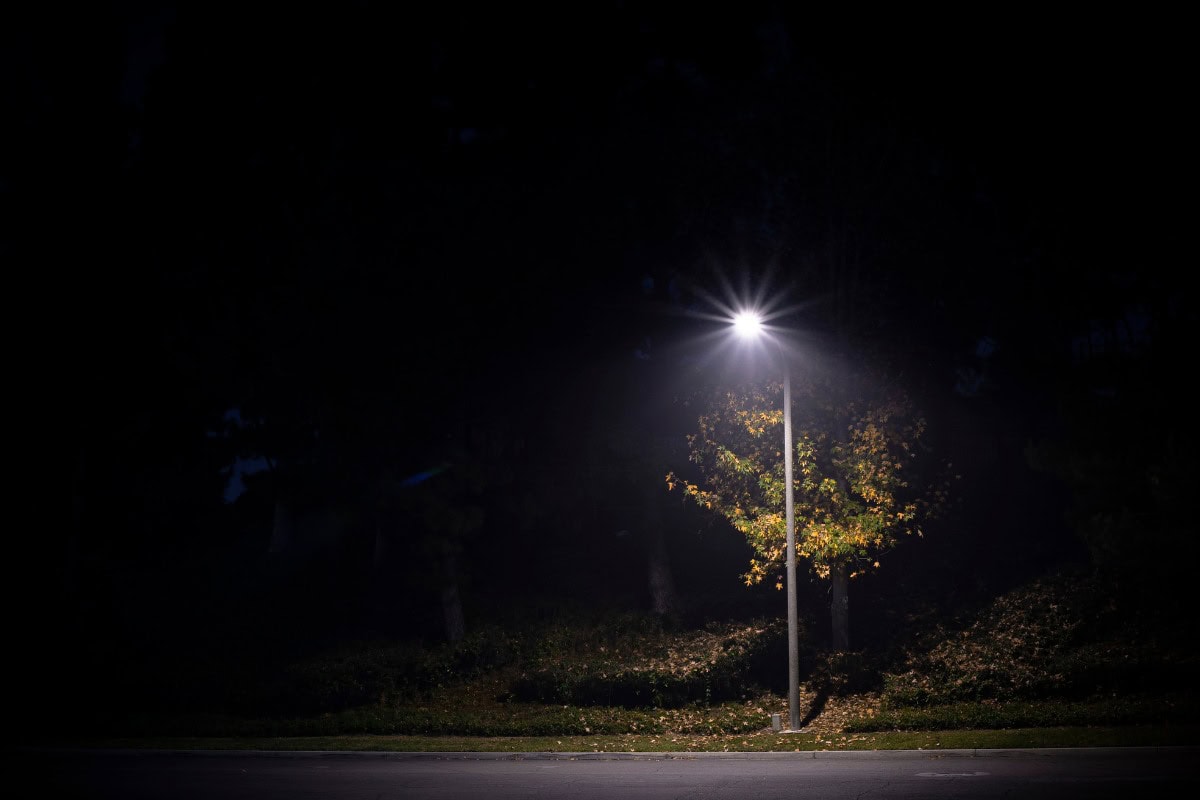What Is Visual Comfort Probability (VCP)
Visual Comfort Probability (VCP) is a metric used in the lighting industry to assess the level of visual comfort provided by a lighting system or fixture. It measures the likelihood that a person positioned in the least favorable part of a room would find the lighting condition to be visually comfortable and free from glare. VCP is expressed as a percentage, ranging from 0% to 100%.
Factors Affecting VCP
To determine the VCP of a lighting system, several factors are taken into account:
- Illuminance level
- Room dimensions and reflectances
- Luminaire type, size, and light distribution
- Number and location of luminaires
- Observer location and line of sight
By considering these factors, lighting designers can comprehensively evaluate the lighting environment and ensure that it promotes visual comfort.
Importance of VCP
A higher VCP value indicates a higher probability of visual comfort. This means that a lighting condition with a higher VCP is more likely to be perceived as comfortable by a larger percentage of observers in the room. VCP is a critical consideration in lighting design as it helps create visually appealing and comfortable environments for occupants.
Relationship With Discomfort Glare Rating (DGR)
Visual comfort probability is related to discomfort glare rating (DGR), which is another metric used to evaluate the acceptability of discomfort glare caused by excessive illumination. Both metrics are important to ensure that the lighting conditions in a space are optimal for visual tasks and overall well-being.
Striking the Right Balance
By optimizing the VCP value, lighting professionals can strike the right balance between functionality and visual comfort. VCP is just one aspect of lighting design and should be considered alongside other factors such as energy efficiency, color rendering, and glare control. This holistic approach ensures the creation of a lighting solution that meets the specific needs of the space and its occupants.








